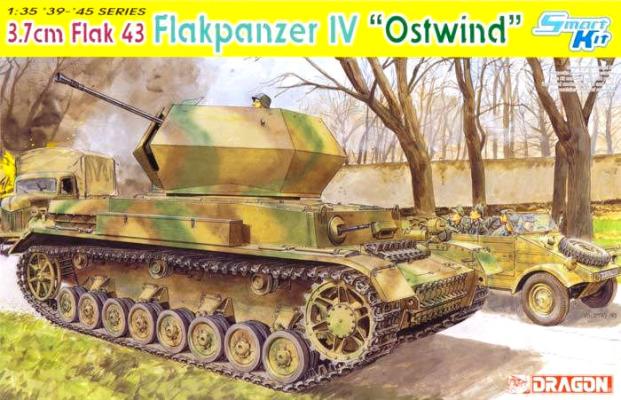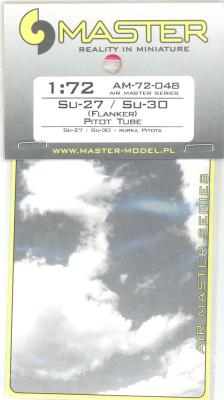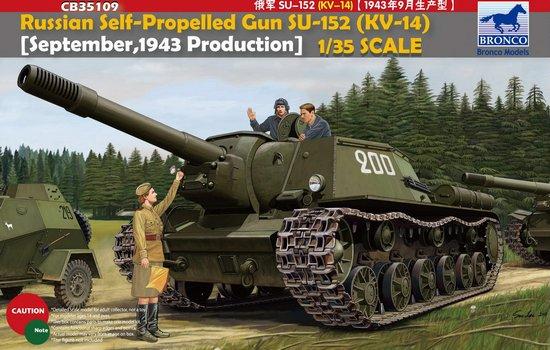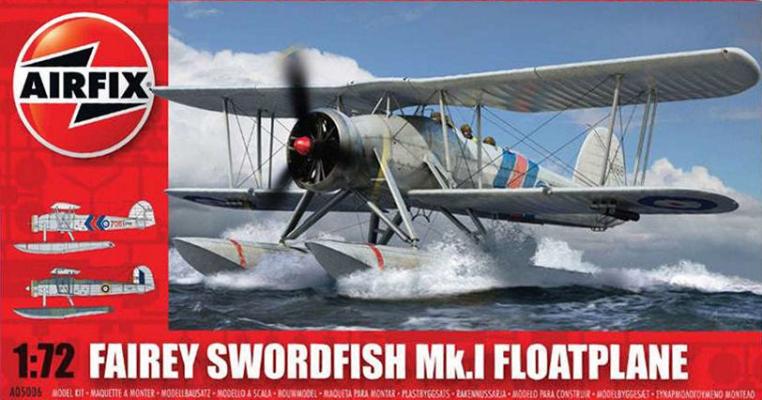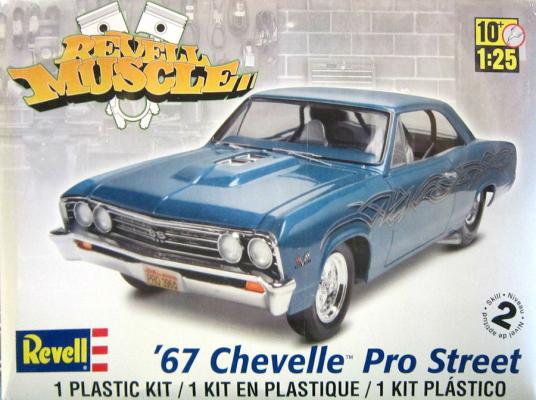The Flakpanzer IV “Ostwind” (German for East Wind) was a self-propelled 3.7cm anti-aircraft gun based on the Pz IV. It was developed in 1944 as a replacement for the Wirbelwind. The number of units produced was about 43.
This is a multimedia kit comprised of 700+ styrene parts, magic tracks, two photo etched fret, decals, and the set of instructions that need to be reviewed very carefully before gluing any parts together. Most Dragon models today are a collection of old sprues and new sprues added to create a new kit variant. In this case, Dragon has done so and you will have some sprues with the same letter. You can actually build the production version of the Ostwind.
Step 1. This step is the assembly of the idler wheel, drive sprockets, road wheels, and return wheels. There are no problems here, other than the removal of the mold line which is noticeable on the road wheels.











